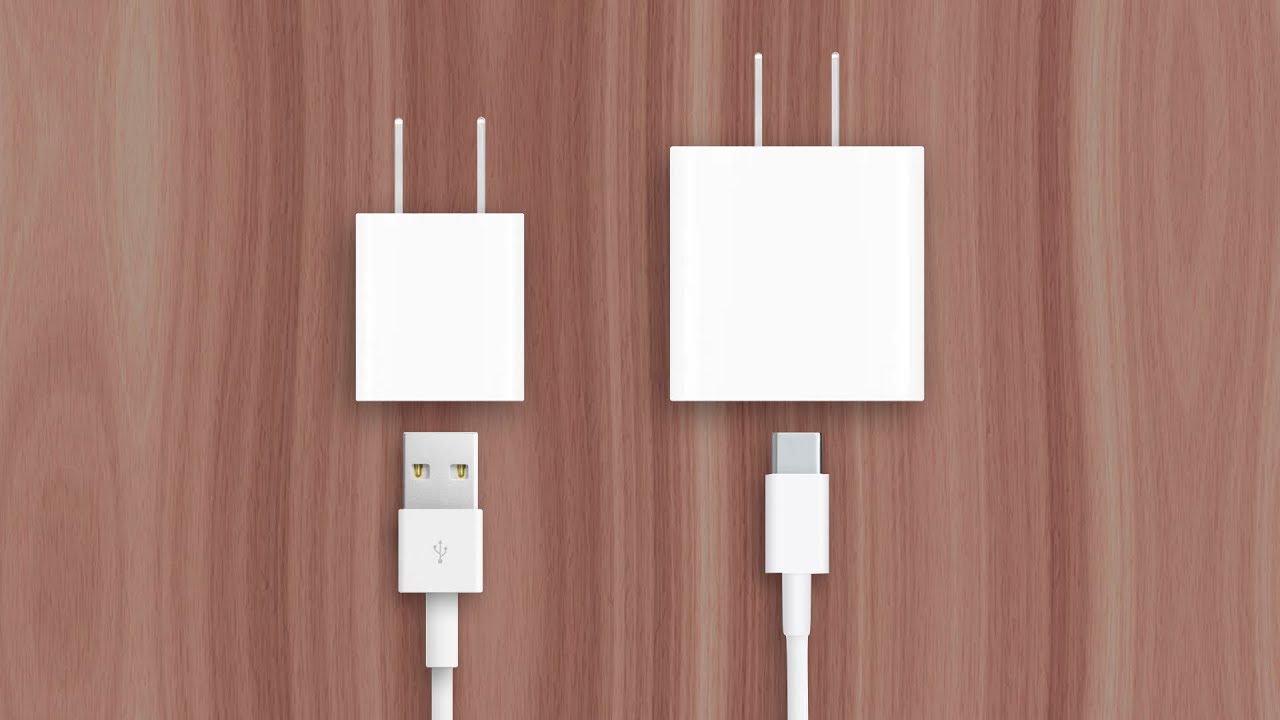If you bought the iPhone 11 last year or a
charging brick to power your iPhone 12, you may’ve notice that they don’t look the
same as they used to. And I’m going to explain why that is right
now. So Apple made two changes to the iPhone’s
charging brick, the first being its larger size. And this was necessary in order to allow for
faster charging. Which was especially important as iPhone batteries
became larger. The original iPhone had a fourteen-hundred
milliamp hour battery. Which is less than half the size of today’s three-thousand-six-hundred
milliamp hour battery on the 12 Pro max. So if you were to charge both of those batteries
at the same rate, it’d take the 12 Pro max much longer to reach one-hundred percent. Which is why Apple had to create a more powerful
charger that could deliver power to the battery faster than before. So instead of the small five-watt brick that
used to be included with every iPhone, Apple changed it to a larger eighteen-watt brick
starting with the iPhone 11 Pro.
But the second change Apple made is what really
frustrated users. Instead of using the same USB-A port as every
other iPhone charger, they changed it to USB-C. Which meant all of the lightning cables users
already had were no longer compatible with the new brick. And although some people assumed Apple made
this decision to force iPhone users to buy new cables and make more money, that isn’t
entirely true. You see, since the introduction of the twelve-inch
MacBook in 2015, Apple began transitioning their notebooks from USB-A to USB-C.

This prompted complaints that the USB-A cables
included with products like the iPhone couldn’t be connected to a MacBook without purchasing
an adaptor. Something users found frustrating considering
both products were made by the same company. So Apple had to make a decision: Continue
to include USB-A chargers and cables with the iPhone, allowing for compatibility with
users existing accessories. Or, make the jump to USB-C, allowing users
to seamlessly connect their iPhones to their MacBooks. And ultimately the seamless compatibility
between newer products was more important to Apple than allowing for compatibility with
older accessories. This is Greg with Apple Explained, thanks
for watching till the end, and I’ll see you in the next video..




